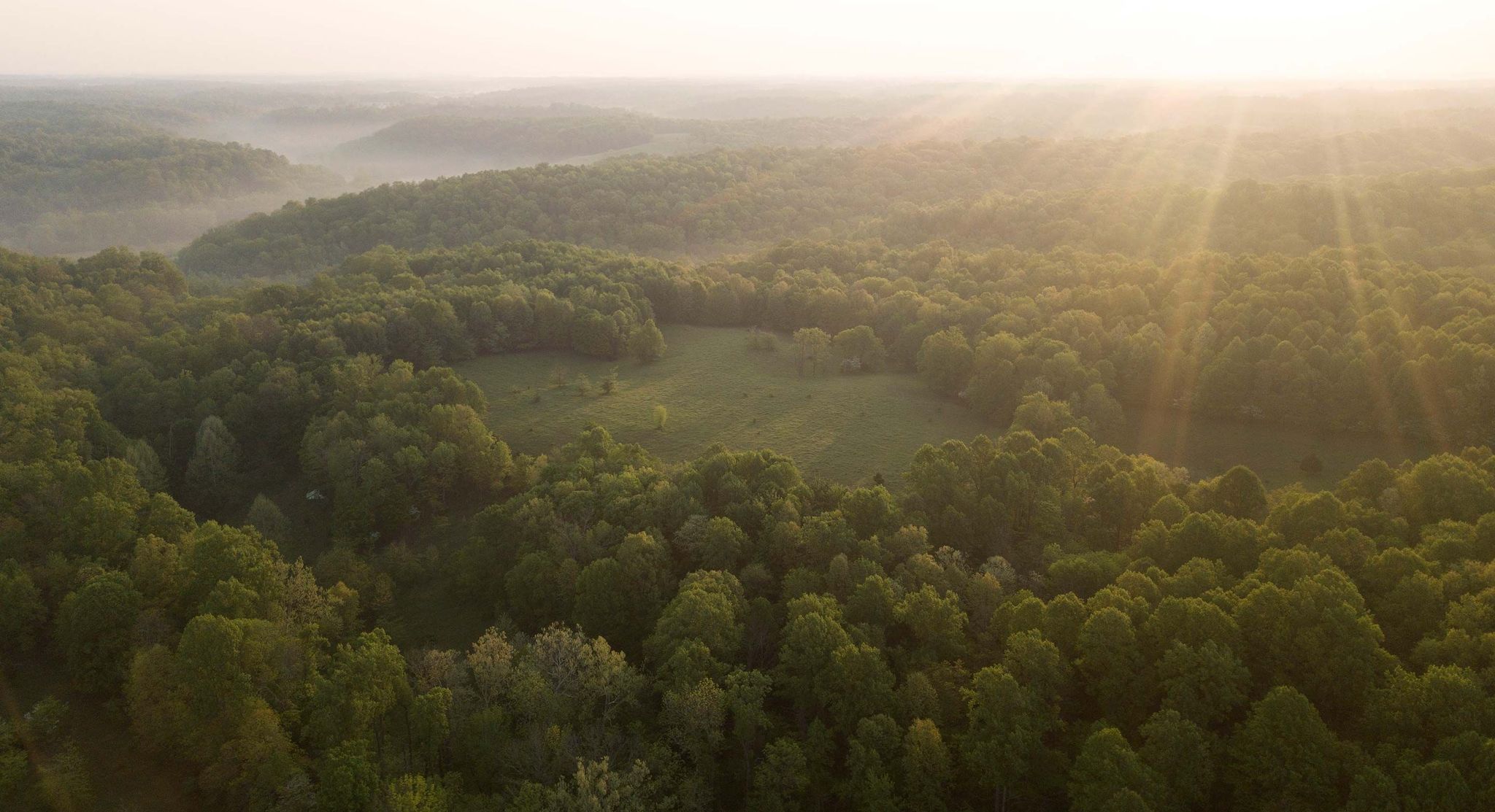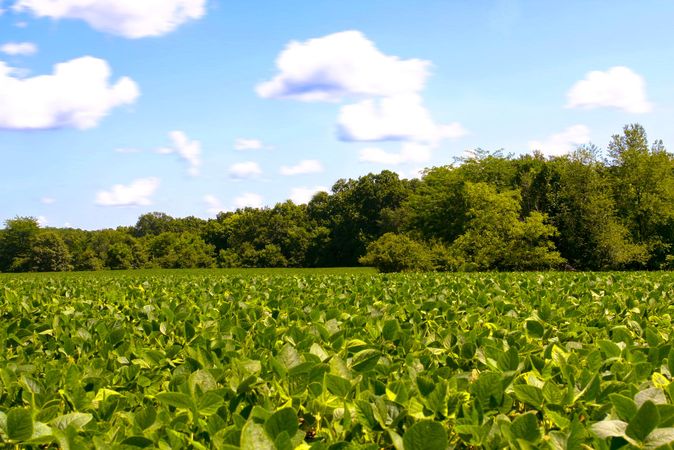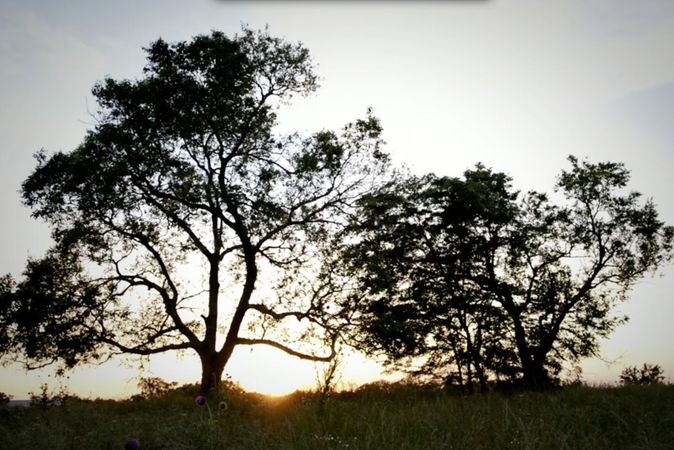Honey Bees Help Keep the Food Industry Buzzing
Honey Bees control our food supply. In fact, every third bite of food we take is made possible by these bees. They are vital for a stable, healthy food supply. Just to name a few, almonds, coffee, avocados and tomatoes are all made possible by our pollinating friends. Honey bees also pollinate alfalfa, which we need to feed livestock supporting the meat component of our diets too. They are vitally necessary for keeping agricultural landscapes healthy and helping farmers improve the quality of their crops.
Don’t Let Honey Bees Steal the Show
Along with honey bees, wild bees are vital for crop pollination. There are over 3,500 species of wild bees, and research has shown that their presence can increase the yield of a variety of crops. In fact, they are more effective at pollinating crops native to North America than honey bees. A single visit to a blueberry flower from a bumble bee is equivalent to four visits from a honey bee. The red mason bee is known to pollinate apple blossoms 120 times more efficiently than honey bees.We need both wild and honey bees for food security.
How Farmers Can ‘Bee’ A Friend To Bees
In a world without bees, sure, we could survive, but our diets would lack variety and our existence would be far less colorful and vibrant. Those beautiful wildflowers blooming in your garden or in the fields you pass by along country roads would cease to exist. So what can farmers do to save our pollinator friends?
Minimize Tillage- Many types of bees make their homes under the ground. Often, this can be right at the base of your plants. To help protect them, turn over the soil only when you absolutely need to.
Allow Crops to Bolt- If possible allow leafy crops such as lettuce to flower if they don’t need to be tilled right way. This will give bees an additional food source.
Research- Scientists are continually finding more causes for CCD and are continuously updating on what is considered “bee-safe.” What is fine for bees today may be harmful to them next season. For instance, recently scientists discovered that a pesticide and anti-fungal used for almonds groves in California, though previously verified to be safe when used separately, turned out to be killing bees in droves when farmers combined them to protect their crops. By staying up to date on the latest research, you can stay active on what is safe for your crops and for the bees.
In the end, the disappearance of bees is something all farmers and consumers should be concerned about. As more research is done, the more we will be able to do to keep the populations from dwindling. Remember to ‘bee’ kind to these necessary pollinators.







